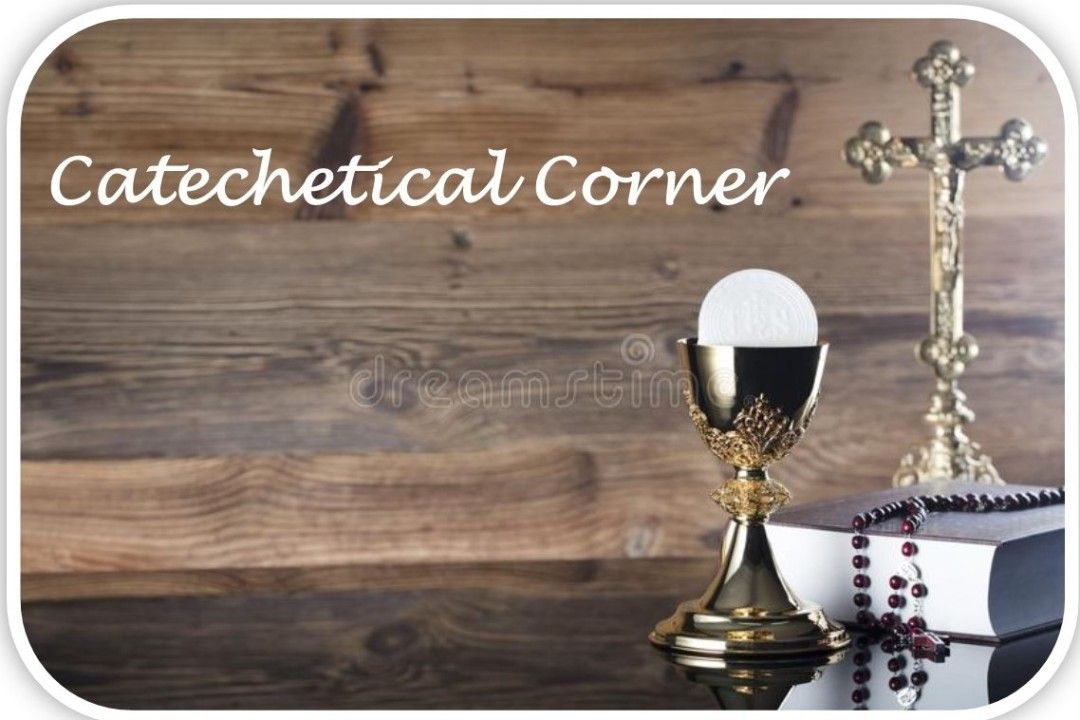If you’ve ever watched the priest at Mass just before Communion, you may have noticed something small, an almost insignificant but very important action.
He breaks off a tiny piece of (the Body of Christ) the consecrated Host – from the Latin word Hostia meaning victim – and drops it into the chalice that holds the Precious Blood. As he does so, he prays, often softly: “May this mingling of the Body and Blood of our Lord Jesus Christ bring eternal life to us who receive it.” This ancient and sacred gesture is called the commingling, and in the early Church, it was known as the fermentum. It was this action that gave the Mass one of its earliest names – ‘The Breaking of the Bread’.
But why does he do it and why is it so important? At the consecration, the Body and the Blood of Jesus are blessed separately. Showing that His death really happened, that His Body and Blood were separated on the Cross. But when the priest puts that little piece of the Host into the chalice, he is silently saying, by this action: Jesus rose from the dead! His Body and Blood are now reunited, He is alive again. That’s what we receive at Communion: not a dead Christ, but the living, risen Jesus! Resurrected but unrecognisable. Think of Clopas and his companion on the road to Emmaus (Lk.24:13-35) or Mary of Magdala on the morning of the resurrection (Jn. 20:11-18). They did not recognise Jesus in His resurrected body.
In the early Church, the fermentum was a real piece of the Eucharist that bishops, and especially the Pope, would send from their Mass to nearby parishes and the priest, or titular bishop in the case of the Pope, would put it into the Chalice at the commingling. It was a sign that, although physically apart, they were united, one faith, one Church, one Eucharist. Today, that unity is preserved symbolically in the commingling. As Christ’s Body & Blood are restored to unity, so too the Church is united in receiving this re-united Body of Christ. To receive the smallest amount of one, either Host or Precious Blood, is to receive the fullness of Christ. It is this expression of unity with the Pope, with our Bishop, with the universal Church that is central to the commingling. It is also why non-Catholics are not permitted to receive the sacred host, as they do not share this bond of unity.
The fraction, or the breaking of the bread, takes place as the congregation prays the Lamb of God (Agnus Dei), which concludes with the words, ‘grant us peace’. So the commingling is also a prayer for peace.
This simple gesture of breaking the Host and placing a piece in the chalice is; a declaration of faith in the Resurrection, a statement of the unity that exists between the Pope, Bishops and the entire church and a prayer for peace. May it bring us to eternal life.
(Adapted from an article by an unknown source.)

